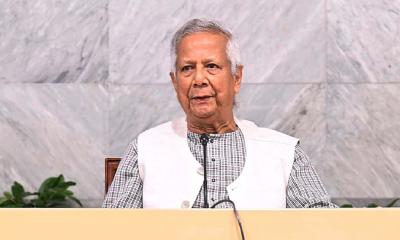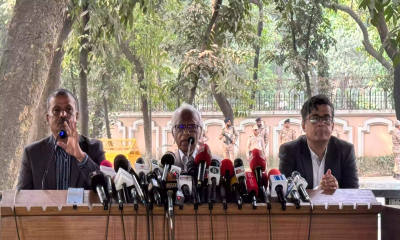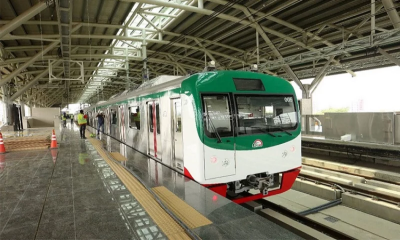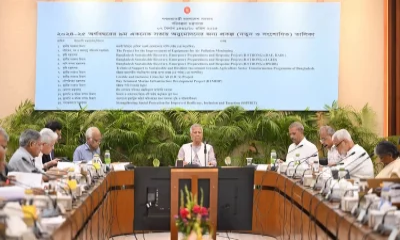A team of archaeologists has uncovered the remains of a 3,500-year-old city in Peru’s northern Barranca province, revealing new insights into early trade networks and the evolution of ancient Andean civilizations.
Named Peñico, the city is located approximately 200 kilometers north of Lima and sits 600 meters above sea level. It is believed to have been founded between 1800 and 1500 BC, contemporaneous with the rise of ancient civilizations in regions such as Mesopotamia, Egypt, and the Indus Valley.
Peñico is thought to have served as a key trading hub that connected early communities of Peru’s Pacific coast with populations living in the Andes mountains and the Amazon basin. Archaeologists believe the city played a vital role in sustaining economic and cultural exchange across diverse ecological zones.
Eight years of excavations at the site have revealed 18 major structures, including ceremonial temples, residential areas, and a striking circular structure built into a hillside terrace. Surrounding the central structure are the remnants of buildings made from stone and mud.
Artifacts found at the site include ceremonial objects, clay figurines of humans and animals, and intricately crafted necklaces made of beads and seashells—suggesting a society with complex religious rituals and access to coastal and jungle materials.

The city lies near the site of Caral, the oldest known civilization in the Americas, which emerged around 3000 BC in Peru’s Supe Valley. Caral is famous for its 32 monumental structures, including pyramids, advanced agricultural systems, and early examples of urban planning. It developed independently, with no known contact with other early global civilizations.
According to researchers, Peñico represents a possible continuation of the Caral civilization, offering clues about how this early society adapted after facing environmental changes.
Dr. Ruth Shady, who led the recent investigation of Peñico and previously led the excavation of Caral in the 1990s, highlighted the strategic significance of the city. She emphasized its location as a nexus point for trade and communication between the coast, highlands, and rainforest regions.
At a press conference announcing the discovery, archaeologist Marco Machacuay of the Ministry of Culture noted that Peñico’s value lies in its role as a cultural successor to Caral, shedding light on the transitional phases of Andean civilization.
Peru continues to be a treasure trove for archaeological discoveries, boasting world-renowned sites such as Machu Picchu and the enigmatic Nazca Lines. The discovery of Peñico adds yet another chapter to the rich and ancient history of the region.


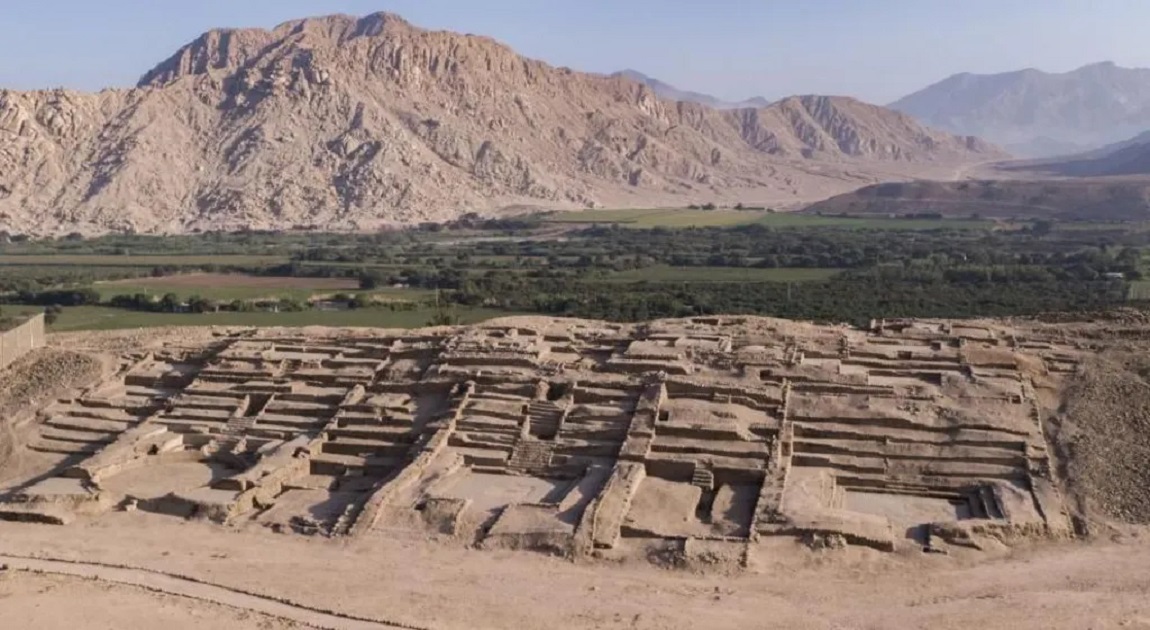








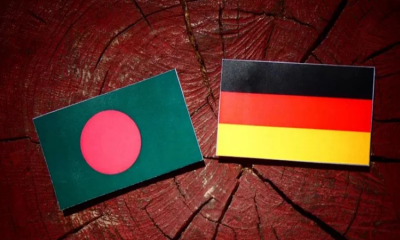
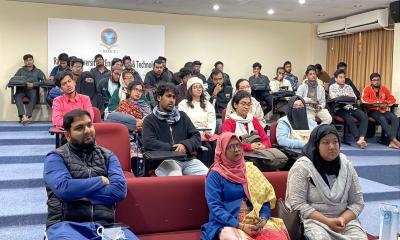


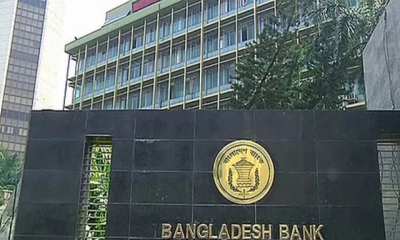

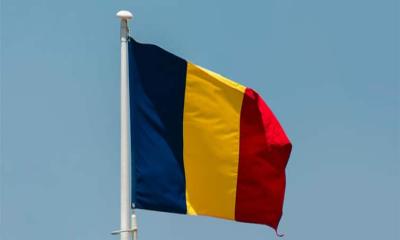

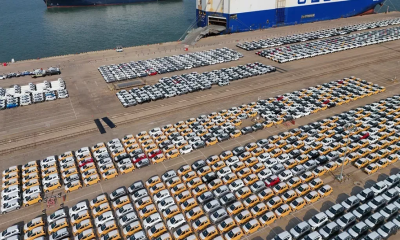
-20251207131533.jpg)


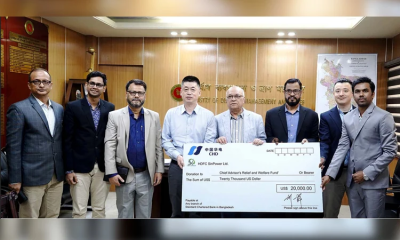
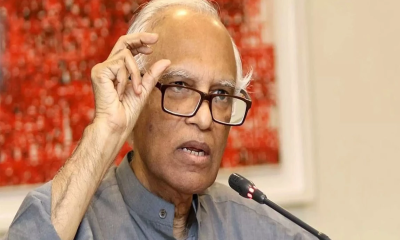

-(25)-20251122062715-20251202031751.jpeg)
-(25)-20251122062715-20251204041734.jpeg)




